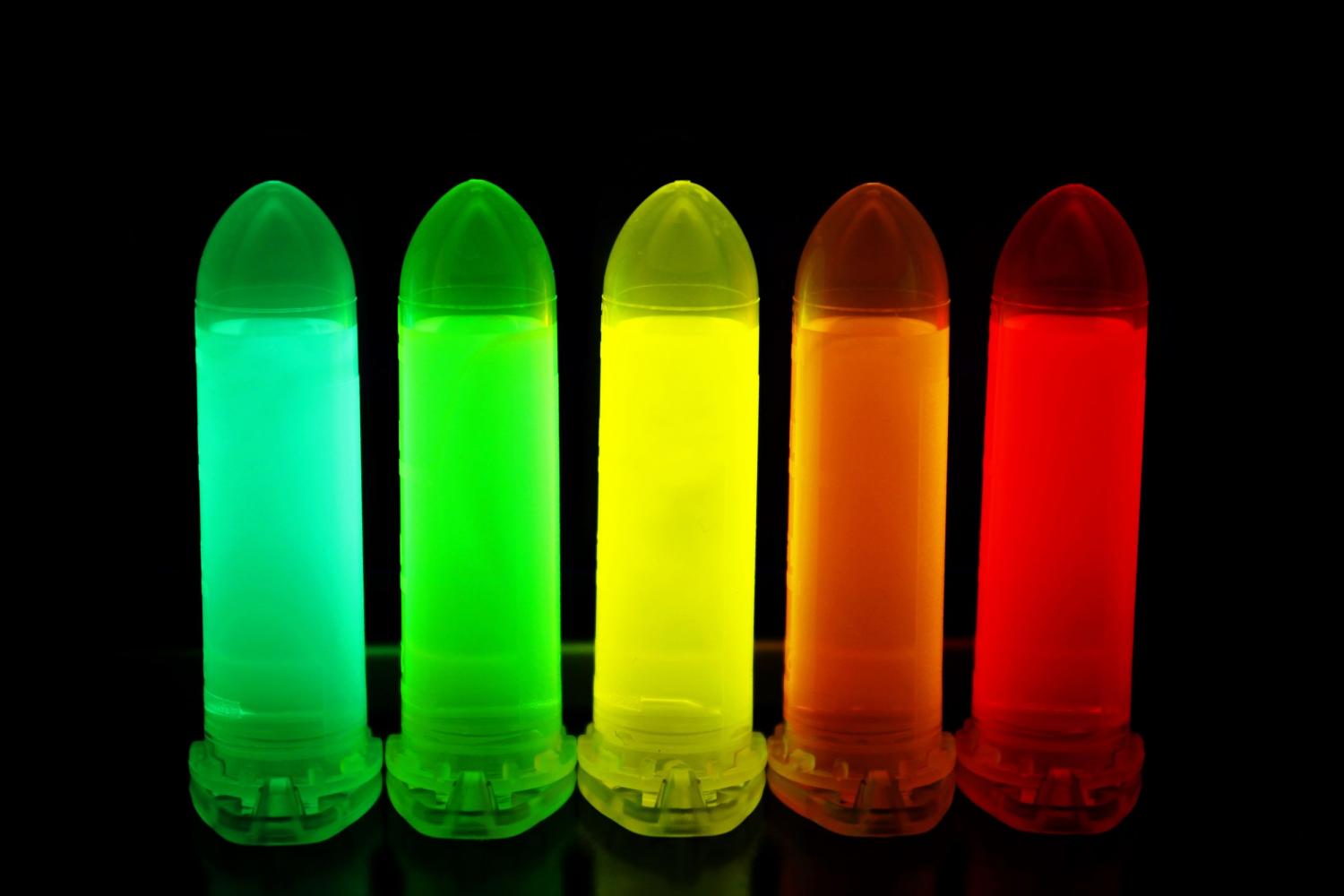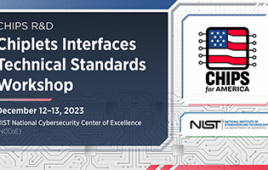
Researchers are developing a suite of diagnostic tools featuring tiny semiconductor crystals, known as quantum dots, and dye-coated silica nanoparticles. Image: Dzmitry Melnikau/123rf
Fast, cost-effective electrochemical platforms show promise for highly-sensitive detection of different strains of influenza and diarrhea-causing pathogens.
Sending patient samples to the lab for analysis takes time and can delay treatment. To address this, researchers are developing a suite of diagnostic tools featuring tiny semiconductor crystals, known as quantum dots, and dye-coated silica nanoparticles. These platforms can be configured to detect multiple pathogens at the same time to further improve their functionality at the point of care.
Recent advances in the field demonstrated by researchers based at King Mongkut’s University of Technology Thonburi (KMUTT) in Thailand include the simultaneous measurement of DNA from three organisms (Vibrio cholerae, Salmonella, and Shigella) responsible for diarrheal diseases. The team has also configured a platform to identify DNA from four different strains of influenza virus.
“Simultaneous detection provides users with more information and saves time, which makes the sensors more cost-effective,” explains Werasak Surareungchai, head of the Bio and Chemical Sensor Research Group at KMUTT. “In addition, the total sample size required for detecting all of the biological targets is typically much smaller than for conventional methods because these devices require just a single sample.”
To create its biosensors, the group employs DNA sequences that bind to specific bacteria, viruses, or other disease-causing microorganisms. During formulation, the DNA sequence is attached to either a quantum dot or a silica nanoparticle, which acts as a label or marker and allows any binding events to be readily identified in a patient sample.
Because the quantum dots are made of different metals (lead, cadmium and zinc), they produce different colors of photoluminescence and react at different voltages, with distinct current peaks in response to a voltage sweep, which can be used to identify their presence.
By exploiting this behavior in their biosensor, the researchers engineer the simultaneous detection of multiple pathogens using a stepped waveform.
In their silica nanoparticle-based devices, the scientists trap different dye molecules, each targeting a different microorganism inside the particles to enable analysis. Again, the dyes respond at different voltages, allowing the team to pinpoint the presence of several pathogens in the sample at the same time.




